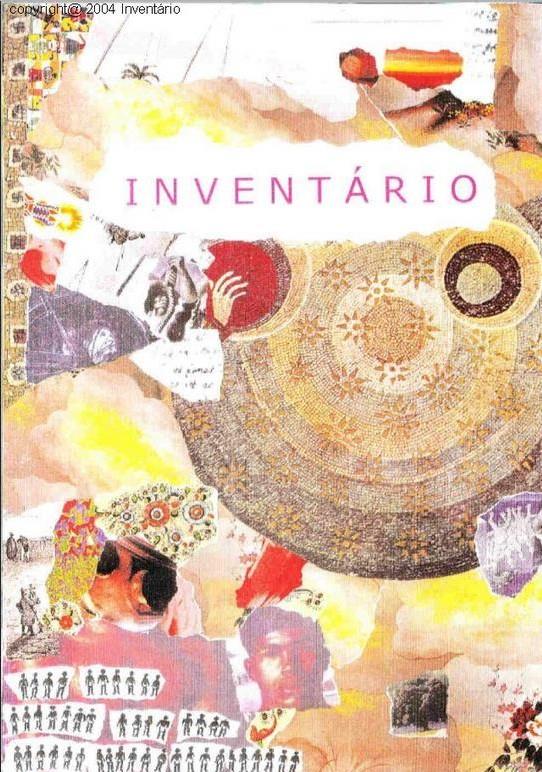CONSIDERAÇÕES SOBRE A METÁFORA ANTROPOFÁGICA EM “O SOM DO RUGIDO DA ONÇA”, DE MICHELINY VERUNSCHK
Abstract
This article seeks to analyze the symbolism of the beast as an element that dialogues with Oswald's anthropophagy in the novel O som do rugido da onça, by the pernambucan writer Micheliny Verunschk. We will seek to demonstrate how the figure of the animal operates a fruitful symbiosis with the protagonist, the indigenous child Iñe-e, and represents the search for appropriation and revenge in the face of colonialist violence, throughout the literary representation of the national formation proposed by the author . The swallowing of the language, culture and historiography of the colonizer are the starting point, therefore, for the “revenge” established by the authors, who devour the other to denounce the erasure imposed on subjects marginalized by official discourses. In this sense, we turned to researchers such as Ailton Krenak (2019), Eduardo Viveiros de Castro (2002) and Heloísa Toller Gomes (2011) to think about the possibilities of revitalizing the anthropophagic metaphor based on a critical reading of our historiography, highlighting the jaguar as a key of reading to value the importance of original peoples. We will seek to prove, therefore, how contemporary Brazilian literature confirms itself, above all, as an initiative of anthropophagic re-elaboration, since, in addition to subverting the centrality of the European element, it proposes the critical conception of a national identity that is not closed in on itself.







